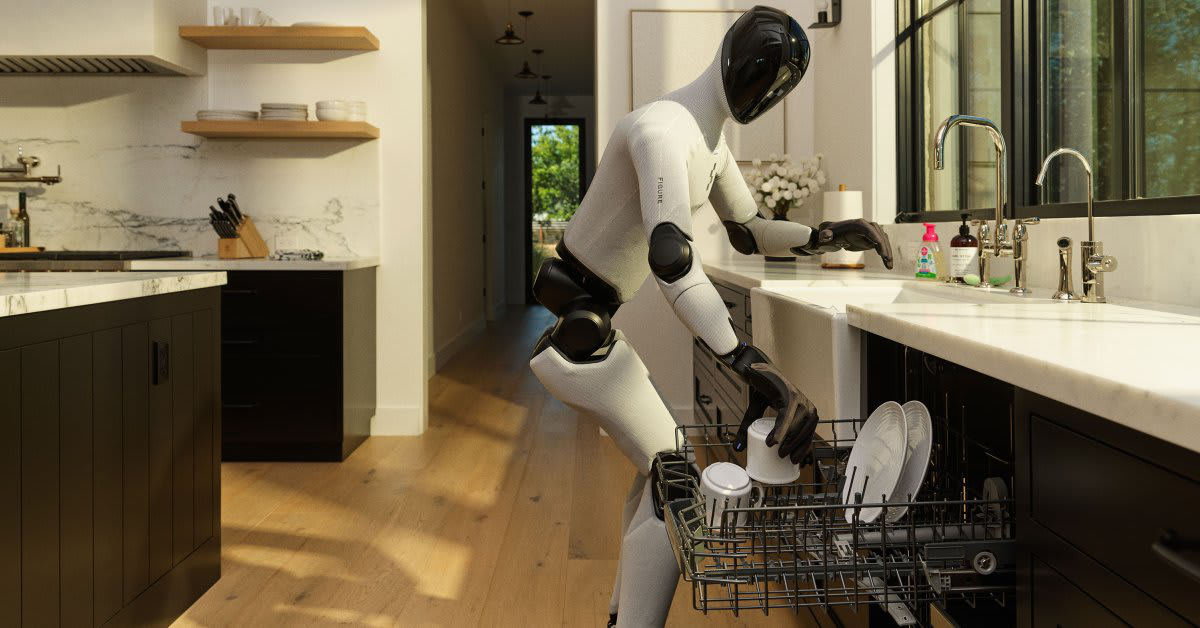Figure AI just unveiled Figure 03, a humanoid robot built for your home. Not for factories or warehouses, but for cooking your dinner, folding your laundry, and cleaning your kitchen.
The robot is designed to handle a range of household tasks with human-like dexterity. It can navigate stairs, manipulate objects of different sizes, and adapt to the chaotic layout of real homes, not just controlled lab environments. The goal is making domestic robots practical, not just possible.
Figure AI claims Figure 03 represents a leap forward in real-world robotics. The system combines advanced computer vision, machine learning for task adaptation, and mechanical design that mimics human movement patterns. It’s not just programmed for specific tasks, it learns and improves through operation.
The market potential is obvious. Domestic work is time-consuming, often tedious, and universally necessary. A robot that reliably handles routine household tasks could free up hours every week for millions of people. For elderly or disabled individuals, it could mean increased independence.
But pricing and practical reliability remain question marks. Previous attempts at household robots have struggled with edge cases, unpredictable environments, and the simple fact that homes aren’t standardized like factory floors. Figure 03’s real test will be whether it works reliably enough to justify the inevitable premium price tag.
The Cost of Convenience#
As we invite robots into our most intimate spaces, we should pause to consider what we’re outsourcing. Household tasks aren’t just chores, they’re the tactile rituals that ground us in physical reality. Cooking teaches patience. Cleaning creates order from chaos. These seemingly mundane acts connect us to the material world.
When machines handle the maintenance of our daily existence, we gain convenience but lose something harder to quantify. The question isn’t whether robots can fold laundry better than humans. It’s whether a life fully optimized for convenience is actually the life we want to live. Efficiency isn’t the same as meaning.


